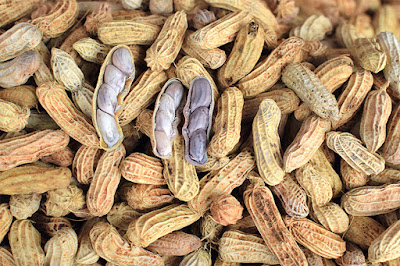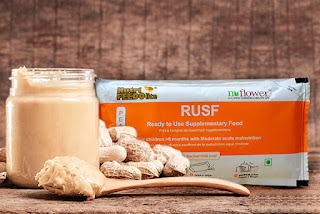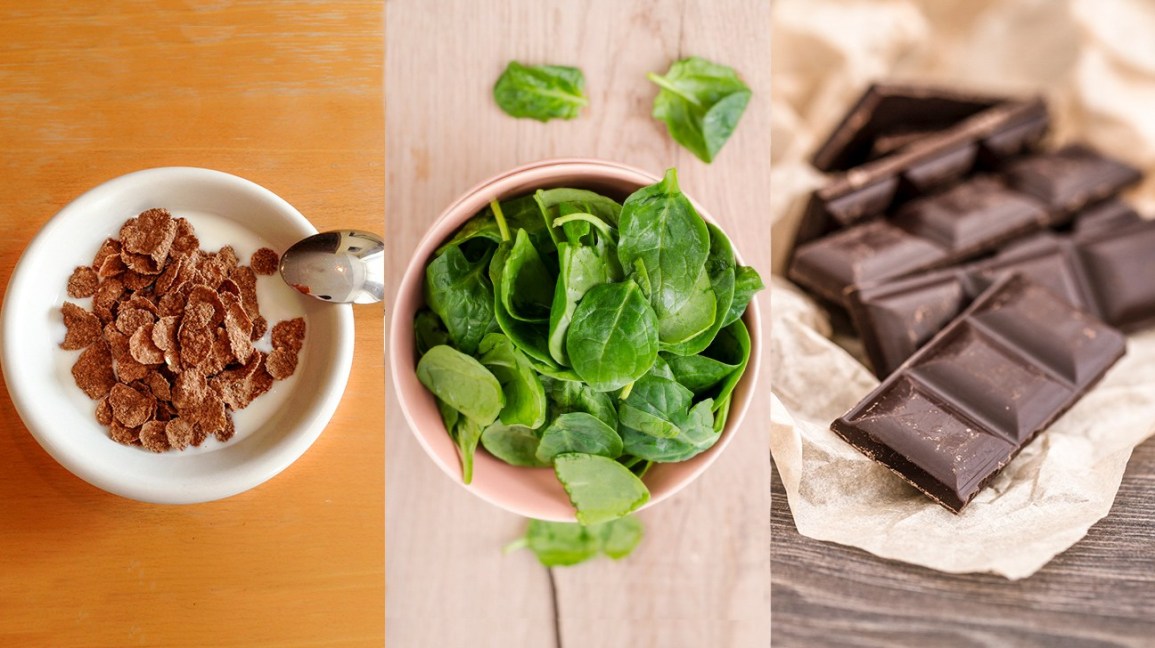Lesser-Known Facts about Peanut Butter Manufacturing and Trade
When we think of peanut butter, we often envision creamy or
chunky spreads perfect for sandwiches, snacks, or baking. However, beyond its
delicious taste, the world of peanut
butter manufacturing and trade holds a treasure trove of lesser-known
facts that shed light on this beloved food product’s journey from farm to
table.
SURPRISING PEANUT BUTTER FACTS
Peanut Butter is a
Global Sensation
Peanut butter is labeled a quintessential American food, but the
popularity of this common breakfast staple extends across the globe with
different countries putting their unique twists on this spread. In Japan, you
can find it being called “peanut cream” with a sweet, custard-like consistency.
Meanwhile, in Ghana, a spicy peanut sauce called “nkate nkwan” is a staple in
many traditional dishes. The diversity of peanut butter products around the
world is a testament to its versatility and adaptability to different culinary
traditions.
Peanut Butter is a
Nutrient-Dense Food
Peanut butter is often looked upon with skepticism due to its
calorie content, but it’s essential to recognize its nutrient density. It’s a
powerhouse of nutrients, including protein, healthy fats, fiber, vitamins (like
B vitamins and vitamin E), and minerals (such as magnesium, potassium, and
phosphorus). Consuming peanut butter in moderation can provide an array of
health benefits, including promoting heart health, aiding in weight management,
and supporting muscle growth and repair.
Peanut Butter
Manufacturing is a Booming Industry
The manufacturing process of peanut butter is a testament to
modern food technology. To achieve the smooth, creamy texture that most
consumers prefer, peanuts go through an intricate process of grinding,
blending, and refining. Manufacturers use specialized equipment that can grind
peanuts to a remarkably fine consistency, achieving the familiar smoothness we
associate with peanut butter. The precision and efficiency of these machines
are remarkable, ensuring that each jar of peanut butter meets the desired
quality standards.
Peanut Butter is a Key
Component in Disaster Relief
Peanut butter’s long shelf life and nutrient density make it an
ideal food item for disaster relief efforts and fighting malnutrition.
Organizations like UNICEF include peanut butter in emergency food supplies
because it can provide essential nutrients and sustenance to those affected by
natural disasters, famine, or conflict. The ability to store peanut butter
without refrigeration and its high-calorie content makes it a valuable asset in
humanitarian aid efforts worldwide.
The Peanut Industry Is
Heavily Regulated
Peanut butter production is subject to stringent regulations and
quality control measures. The U.S. Food and Drug Administration (FDA) closely
monitors peanut butter manufacturers to ensure safety and quality. These
regulations cover everything from the cleanliness of processing facilities to
labeling requirements. Manufacturers must adhere to strict guidelines to
maintain product integrity and safeguard public health. In case you are
planning to white-label peanut butter and import it to your country, look for
peanut butter manufacturers who know the trade and inside regulations to make
the whole process hassle-free.
Peanut butter may
seem like a straightforward staple, but it has a rich and complex history in
manufacturing and global trade. These lesser-known facts highlight the
multifaceted nature of this beloved spread, showcasing its adaptability,
nutritional value, and the intricate processes that bring it from farm to your
pantry. The next time you savor a spoonful of peanut butter, you’ll have a
deeper appreciation for the hidden truths behind this iconic food product.




Comments
Post a Comment